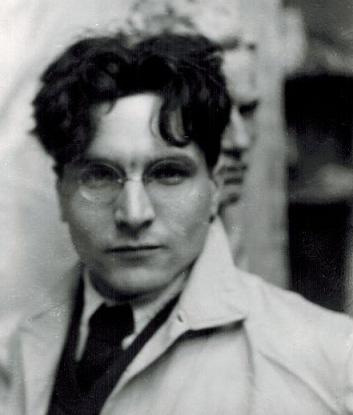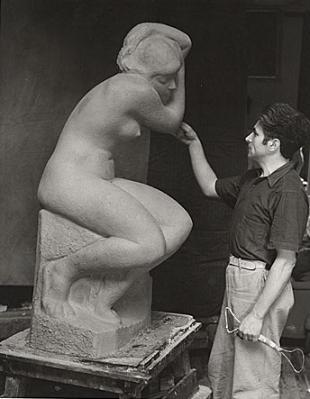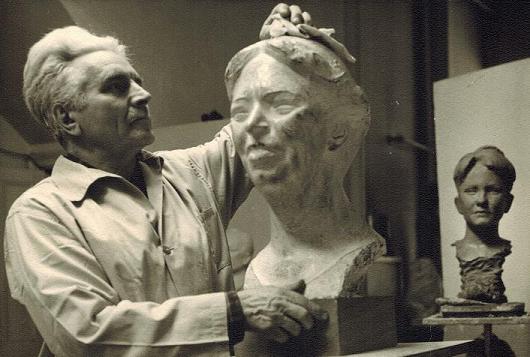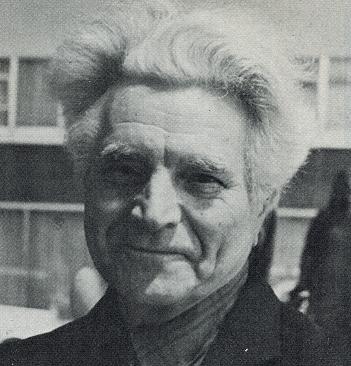Vincent Glinsky belongs to the tradition of "direct carvers" (taille direct) who carved directly into the medium (stone or wood) without resort to preliminary drafts or intermediary steps. He also worked extensively in terra cotta, plaster, bronze, watercolor and drawings. His work has been shown at The Whitney Museum, Museum of Modern Art, Metropolitan Museum of Art, National Gallery, Albright Knox, Chicago Institute of Art, Brooklyn Museum, Pennsylvania Academy of the Fine Arts, National Academy of Design, Dallas Museum, Detroit Institute of Art, the Philadelphia Museum of Art, San Francisco Museum, and many more museums and galleries, both in the United States and abroad. Glinsky was born in Russia on December 18, 1895 and emigrated to America just before World War I. Arriving in New York City he was immediately accepted to the inaugural class of the Beaux Arts Institute of Design, the premiere American art and architecture training institute of its time. He studied there between 1916 and 1920 and subsequently served on the faculty of B.A.I.D. After studying at Columbia University's School of Architecture (1925-26), Glinsky moved into the field of architectural sculpture, working with Albert Kahn ("the architect of Detroit"), among others. His most noted works in this area are the entranceway reliefs, bronze elevator doors, and letterbox for New York's historic Fred F. French Building (constructed in 1927, and added to the National Register of Historic Places in 2004), and the aluminum panels for the National Institutes of Health in Bethesda, MD, which illustrate the history of medicine (after the sculptor's death these panels were enlarged and are now displayed in the lobby of N.I.H). In 1927 Glinsky left New York to live in Europe for two years, settling first in Rome. He later moved to Paris, where he was part of L'Ecole de Paris, a group of artists which included sculptors such as Calder, Giacometti, and Lifschitz, and painters such as Picasso, Dufy, and Roualt. In Paris Glinsky had a one-man show at the Galerie Zak in February of 1929 and followed that with two group shows in Paris, one at Zak and another at the Salon des Tuileries in 1930. In 1932 he was part of the celebrated Parisian show, "Artistes Americains de Paris," at the Galerie de la Renaissance. On his return to New York, Glinsky began to exhibit widely. A solo show at The Fifty-Sixth St. Gallery was followed by a yearly string of important showings at such prestigious venues as The Museum of Modern Art, Brooklyn Museum, Pennsylvania Academy of the Fine Arts, Architectural League, Art Institute of Chicago, National Gallery of Art, and the Whitney Museum of American Art, among others. In 1935 he received a Guggenheim Fellowship, and the following year the Pennsylvania Academy of the Fine Arts awarded him the Widener Gold Medal for The Awakening. |
|



